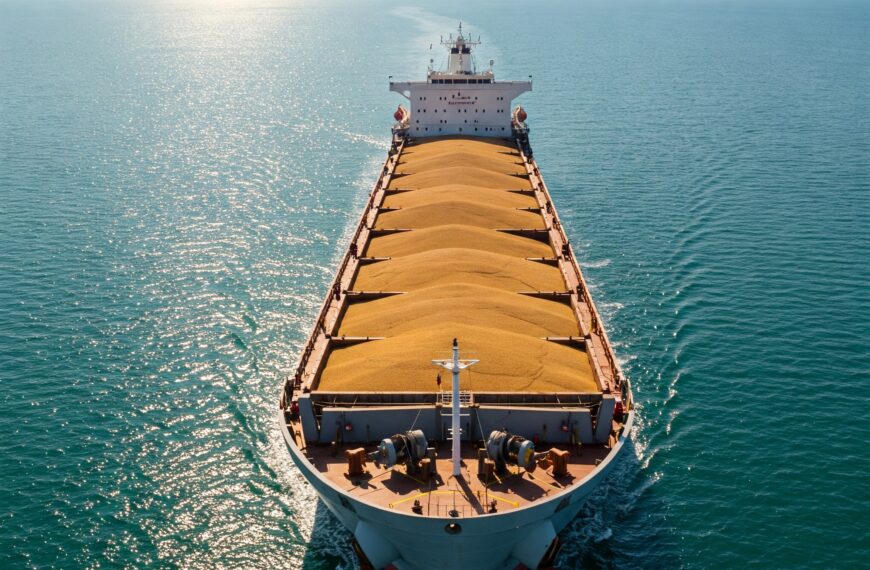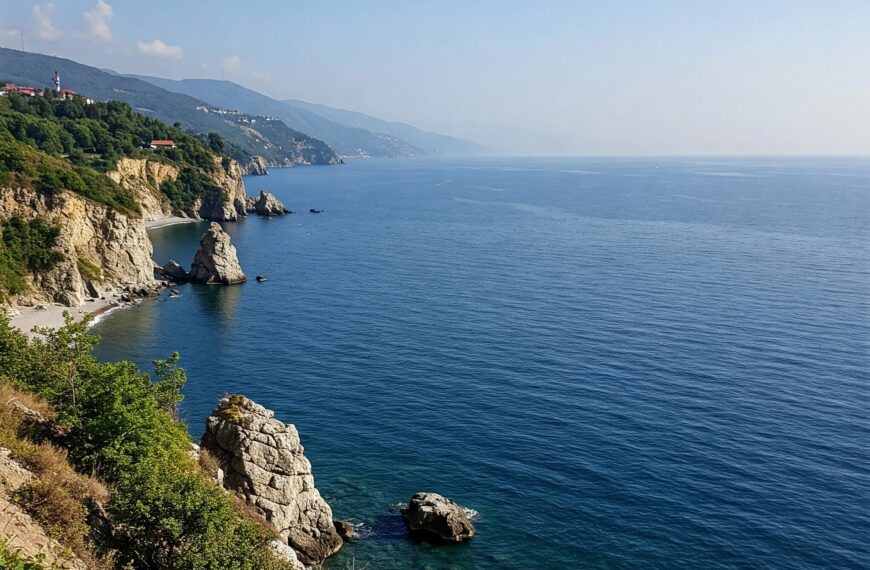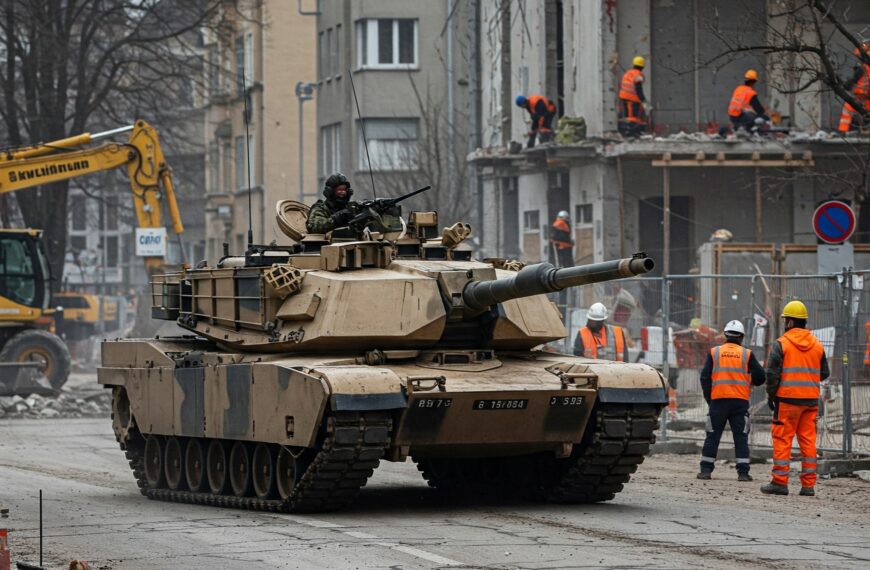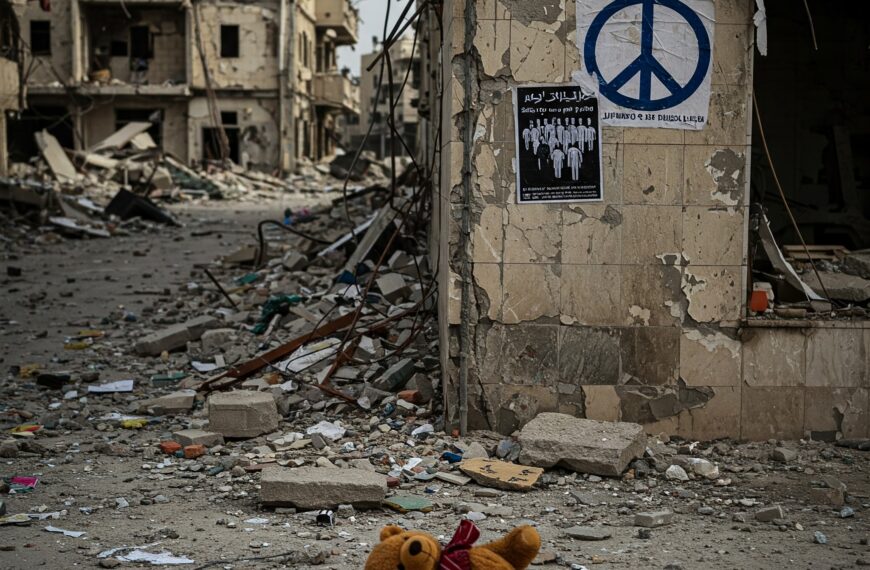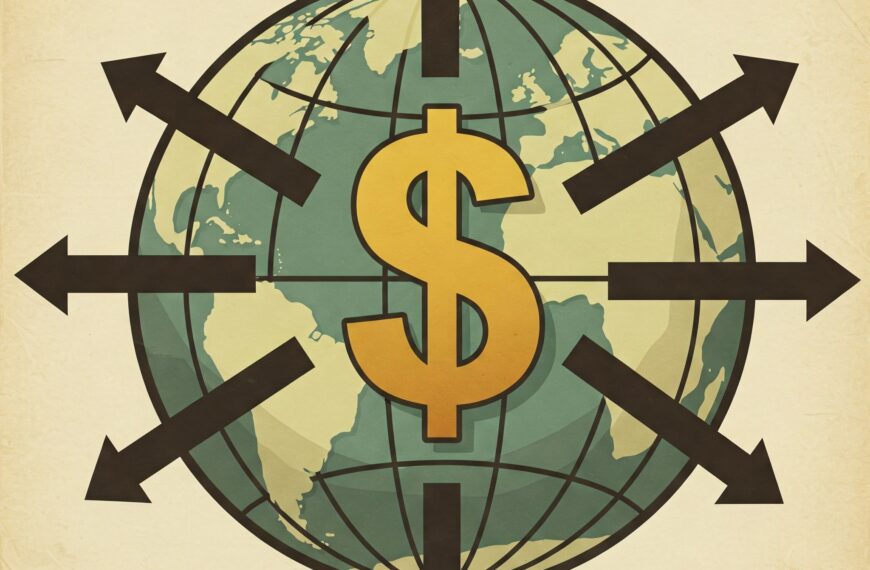Overview
President Donald Trump has recently taken bold steps in international diplomacy, engaging in crucial negotiations with Iran and reevaluating U.S. policies towards Russia. His administration is focused on reshaping global power dynamics, particularly concerning Iran’s nuclear ambitions and the ongoing Russia-Ukraine conflict.
Trump’s Letter to Iran’s Supreme Leader
On March 7, 2025, President Trump confirmed that he had sent a letter to Iran’s Supreme Leader, Ayatollah Ali Khamenei, proposing negotiations for a new nuclear agreement. This move marks a significant shift from his previous “maximum pressure” campaign following the U.S. withdrawal from the Joint Comprehensive Plan of Action (JCPOA) in 2018.
Key Points of the Proposed Deal:
- Prevention of Nuclear Weapons Development: Aiming to restrict Iran’s nuclear capabilities beyond the limits of the 2015 deal.
- Sanctions Relief: Potential easing of sanctions in exchange for verifiable steps towards denuclearization.
- Regional Stability: Encouraging Iran to reduce involvement in conflicts across the Middle East, including Yemen and Syria.
Iran’s Response:
- The Iranian mission to the United Nations has not confirmed receipt of the letter.
- Iranian state media dismissed the initiative as a “political stunt.”
- Analysts speculate that Iran might delay negotiations until after the U.S. presidential election.
| Aspect | 2015 JCPOA Agreement | Trump’s Proposed Deal (2025) |
|---|---|---|
| Uranium Enrichment | Limited to 3.67% | Further reductions required |
| Sanctions Relief | Immediate phased relief | Conditional & gradual relief |
| IAEA Inspections | Regular monitoring | Stricter & real-time checks |
| Missile Development | No restrictions | Full prohibition |
Source: Reuters
Trump’s Consideration of New Russia Sanctions
In response to the ongoing Russia-Ukraine conflict, President Trump is weighing fresh sanctions and tariffs against Russia. This decision comes just days after he paused U.S. military aid and intelligence sharing with Ukraine, aiming to push Kyiv toward peace talks.
Proposed Sanctions on Russia:
- Oil Export Restrictions: Limiting Russian crude sales to reduce Moscow’s revenue.
- Technology Sanctions: Banning exports of U.S. tech components used in Russian military production.
- Financial Penalties: Tightening banking restrictions on Russian institutions.
Impact on the Global Economy
| Sector | Potential Impact |
|---|---|
| Energy Prices | Potential rise in oil prices due to reduced supply |
| U.S. Tech Industry | Loss of Russian market for semiconductor exports |
| Russian Economy | Further GDP contraction and economic recession |
| European Stability | Increased pressure on NATO and EU policies |
Reactions from Analysts:
- Treasury Secretary Scott Bessent supports aggressive sanctions on Russian oil revenues.
- Critics argue that reducing military aid while imposing sanctions may weaken Ukraine’s position.
- European allies remain divided on supporting stricter sanctions due to energy dependencies.
Source: AP News
Conclusion
President Trump’s latest moves in foreign policy signal a strategic realignment of U.S. diplomacy. His attempt to engage Iran in a new nuclear deal represents a significant shift from his past hardline stance. Meanwhile, his evolving policy on Russia raises questions about the long-term U.S. strategy in the ongoing Ukraine conflict. As negotiations unfold, the global implications of these decisions will be closely watched.
Sources:
- Reuters – Trump’s Letter to Iran’s Leader
- AP News – Trump’s Russia Sanctions Plan
- AP News – Iran Nuclear Negotiations
This article will be updated as new developments emerge in U.S. foreign policy.

